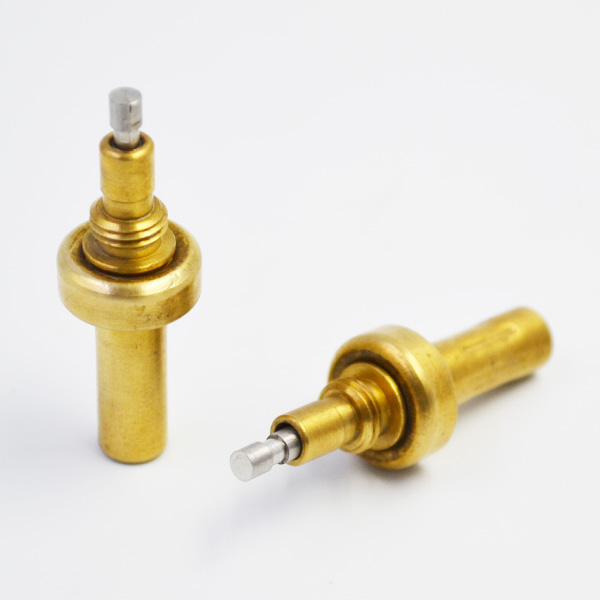Biomass stove is an energy-saving stove with biomass as fuel. It is a multi-variable input and output control system with pure lag and time-varying thermal inertia. Aiming at the problems of low combustion efficiency of biomass and large emission of harmful gases, a hybrid controller combining PID control and fuzzy control is designed by using the design rules and methods of fuzzy controller.
Finally, field experiments show that the effect of using this hybrid controller in the control of bio-cooker is better than that of general PID control. The gas produced by traditional stove is harmful to the environment. In the spirit of energy saving and environmental protection, this paper designs a controller based on fuzzy control for combustion thermal efficiency, which improves the utilization rate of biomass, saves energy and reduces the emission of harmful gases such as CO, which is not fully burned.

Biomass energy-saving stove is the price of coal and the quality of gas. It is a stove which is vigorously promoted in rural or remote areas of our country. On the basis of conventional PID, a fuzzy control algorithm based on the heat signal in the stove is selected to control the combustion process of biomass stove. When the combustion state changes, the optimum combustion efficiency of the system must be adjusted. Fuzzy control and self-optimization control are adopted to adjust the blast air volume so that it can be re-placed in the optimum air-fuel ratio. Design of Fuzzy Controller. (1) Fuzzy state and membership function of input and output languages. The input of the fuzzy controller is heat signal and the frequency of the step blower respectively, and the output is the current frequency of the blower. The input is fuzzified to get the fuzzy subset of the input, then the fuzzy inference rules are used to get the exact value of the output. The membership function is the membership relation between the exact value of input and output and the fuzzy set. In this study, all the fields of input and output are {-6,-5,-4,-3,-2,-1,0,1,2,3,4,5,6}. Establishment of Fuzzy Rules. The fuzzy rule of biomass energy-saving stove establishes two rules: heat is positive, keeping the original direction of air supply frequency change unchanged; heat is negative, changing the original direction of air supply frequency change. According to the above two principles, the method of fuzzy reasoning synthesis is applied to artificial dressing through experiments.
This paper takes two biomass stoves of a certain type produced by Hunan Hongda Boiler Equipment Co., Ltd. as the research object.
The two stoves have the same structure and parameters, but different control modes. In the same environment, conventional PID control is used in A station, and hybrid control of PID and fuzzy self-optimization is used in B station. The experimental fuel is hydraulic moulded rice straw. The diameter, length, density and moisture content of the pellet fuel are 6 mm, 30-40 mm, 1 t/m3 and 13498 KJ/Kg respectively. According to the domestic and foreign research on rural indoor air quality, CO and SO2 are used as the main gas detection indicators.
The national standard is CO < 10mg/m3 and SO2 < 0.
5mg/m3.

In the experiment, CO was detected by T/GXH3050 infrared analyzer, SO2 was detected by QC1 (B) atmospheric sampler, and temperature was measured by wet and dry bulb thermometer. Among them, the termination water temperature (?), the intake water temperature (?), the intake water quantity (Kg), the biomass briquette fuel quantity (Kg), and the P is the calorific value (KJ/Kg) of the biomass particles.
Pot body preheating: add a certain amount of water to A and B pots, ignite and heat them. When the temperature reaches 95 C, stop heating and release water in A and B pots and fuel in hopper to prepare for the next experiment.

Stop timing and test biomass fuel consumption. Same.
The feeding ignition and timing start the experiment. When the water temperature reaches 40 C, water is injected into the pots A and B for 20 Kg, and the temperature is continuously heated. When the water temperature reaches 60 C, then 20 Kg of water is injected into the pots A and B, and the temperature is continuously heated until the end of the experiment at 90 C, the time is finished, thermostatic element and the remaining combustion volume is weighed.
When the load is unchanged, the fuel quantity, combustion efficiency and harmful gas emissions do not change obviously, and the control effect is almost the same; when the load changes, the fuel quantity decreases by 3.
8%, the thermal efficiency increases by 1.9%, the CO emission decreases by 22.8%, the SO2 emission decreases by 16.7%, and the dynamic response speed is faster than that when the load is unchanged. The rate is slightly lower and the harmful gas discharge is slightly higher, but when using PID and fuzzy self-optimizing control, the changes of both are very little.
